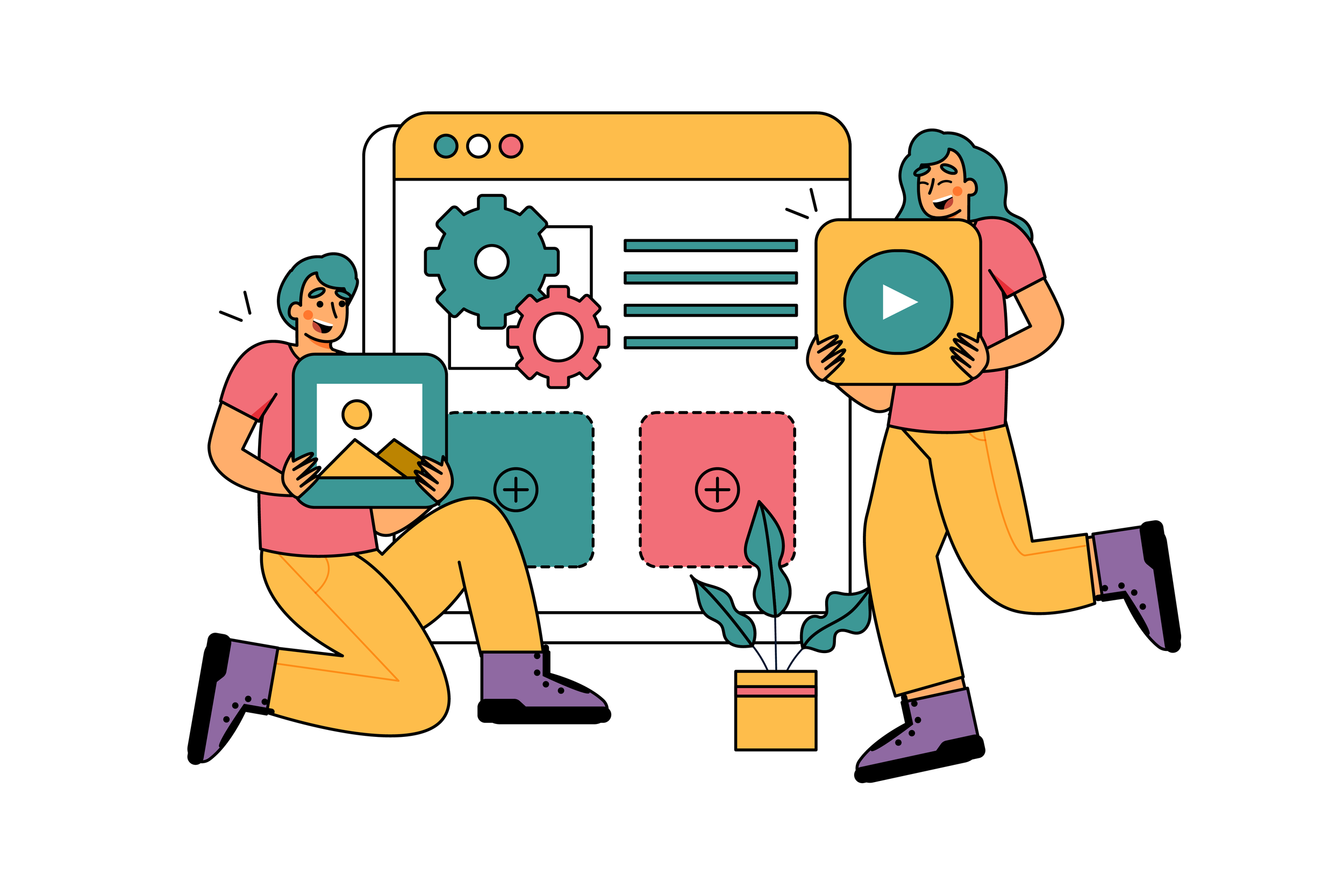When to Follow and When to Break a Design System
How to maintain consistency while fostering creativity and innovation in product design.
Design systems have become an essential part of modern product development, offering consistency, efficiency, and scalability. However, there are moments when stepping outside of a design system can lead to meaningful innovation and differentiation.
The challenge lies in knowing when to conform and when to break the rules.
From a business perspective, adhering to a design system ensures a seamless brand experience, reduces development time, and enhances usability across products.
For designers, a well-structured system provides a framework that eliminates guesswork, allowing them to focus on solving user problems rather than reinventing UI elements.
However, strict adherence to a design system isn’t always the best path forward. Sometimes, bending or breaking the system can lead to fresh, innovative ideas that drive differentiation and even new revenue streams.
Additionally, a strong design system supports scalability, making it easier to expand across products and markets while maintaining a cohesive user experience. Breaking from a system can introduce inefficiencies and increase development costs—so why would a business encourage deviation?
The answer lies in strategic creativity
While consistency is critical, so is differentiation and innovation. In competitive markets, businesses need to push boundaries to stay ahead. Occasionally, an unconventional design choice—a unique interaction, a bold new layout, or a surprising animation—can capture user attention and create a memorable experience.
Companies like Apple, Airbnb, and Google have all taken calculated risks by stepping outside their design systems to introduce features that later became standard components of their ecosystems.
From a designer’s perspective, a design system should be a tool, not a limitation. While its purpose is to create harmony, there are times when a fresh approach is needed. Designers often see opportunities to improve user interactions, enhance accessibility, or modernize a product’s look and feel—opportunities that may not fit within the rigid confines of a design system. However, the key is intentionality.
Breaking a design system should never be about personal preference; it should be a strategic decision backed by user research, business goals, and data-driven insights.
When to Conform vs. When to Break a Design System
To help illustrate this balance, here’s a quick reference guide for determining when to conform to a design system and when it might make sense to deviate from it. When design and development teams work within an established system, they spend less time debating UI choices and more time executing high-quality work.
| Scenario | Follow the Design System | Break the Design System |
|---|---|---|
| Brand Consistency | When maintaining a unified look across multiple products is critical. | When a new product requires a distinct identity to stand out. |
| Usability & Accessibility | When established patterns ensure ease of use for all users. | When a custom solution enhances accessibility or user interaction. |
| Scalability | When designing for a product that will expand across platforms. | When a one-off experience, such as a marketing campaign, requires a unique approach. |
| Development Efficiency | When speed and cost-effectiveness are priorities. | When investing in a new design can lead to long-term savings or improvements. |
| User Engagement | When users expect consistency and familiarity. | When an innovative feature or interaction improves engagement and usability. |
A well-balanced approach involves knowing when to innovate and when to conform. A clear process for evaluating when to deviate from a design system can help businesses and design teams make informed decisions.
This might include conducting A/B testing, gathering user feedback, or piloting new design elements before committing to large-scale implementation. By treating deviations as opportunities for learning rather than reckless creativity, businesses can foster innovation without sacrificing consistency.
Ultimately, the most successful products strike a balance between structure and flexibility. A rigid, unyielding design system can stifle creativity, while an entirely fluid approach can lead to fragmentation and inefficiencies.
Businesses should empower designers to propose refinements, experiment with enhancements, and introduce innovations that align with strategic goals. This mindset not only benefits users but also allows companies to evolve their design systems in ways that meet both present and future needs.
By strategically assessing when to follow or break a design system, businesses can maintain both consistency and creativity.
Key Takeaways
Design systems drive efficiency and consistency, benefiting both designers and businesses.
Strategic deviations can unlock innovation and create competitive advantages.
Breaking from a design system should be intentional, data-backed, and aligned with business objectives.
A/B testing and user feedback can help assess the impact of design system modifications.
Balancing structure and flexibility fosters a culture of innovation while maintaining brand integrity.
By embracing both the discipline of design systems and the creative freedom to evolve them, businesses and designers can create user experiences that are both seamless and groundbreaking.
